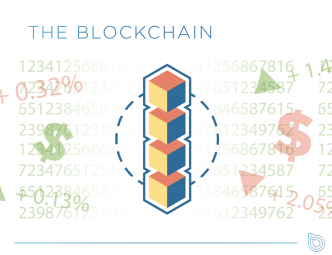 The global music business offered up two cheers this week for the first signs of life in the recorded music business in nearly a decade. According to International Federation of the Phonographic Industry’s (IFPI) latest global sales report, total recorded music revenue grew 3.2 percent in 2015, to $15.0 billion, the biggest jump since 1998 and the only growth since 2012, when sales ticked up 0.3 percent.
The global music business offered up two cheers this week for the first signs of life in the recorded music business in nearly a decade. According to International Federation of the Phonographic Industry’s (IFPI) latest global sales report, total recorded music revenue grew 3.2 percent in 2015, to $15.0 billion, the biggest jump since 1998 and the only growth since 2012, when sales ticked up 0.3 percent.
The overall growth came entirely from digital sources, particularly streaming revenue, which jumped 45 percent over 2014, to $2.9 billion, or 19 percent of total revenues. Physical sales continued their decade-long slide, falling another 4.5 percent, buoyed somewhat by the continued renaissance of vinyl.
The strong streaming numbers were evenly distributed, however.
Subscription streaming revenue accounted for $2 billion of the $2.9 billion total, as the total number of paying subscribers reached 68 million, while industry revenue from ad-supported streaming amounted to a mere $634 million, despite more than 900 million listeners worldwide.
Read More »
 Nowadays the market for art is increasing its power thanks to social networks and platforms that allow anyone to express and publish their artistic creations on the web. Omitting the fact that we cannot always define those creations as ART, the democracy of self expression is growing up.But on the other hand – with this system, on the web – anyone can save or copy content, cheating the real author.
Nowadays the market for art is increasing its power thanks to social networks and platforms that allow anyone to express and publish their artistic creations on the web. Omitting the fact that we cannot always define those creations as ART, the democracy of self expression is growing up.But on the other hand – with this system, on the web – anyone can save or copy content, cheating the real author.

 The global music business offered up
The global music business offered up 

 A group of 18 music industry organizations, representing songwriters, publishers and musicians, filed comments last week with the U.S. Copyright Office in response to the office’s
A group of 18 music industry organizations, representing songwriters, publishers and musicians, filed comments last week with the U.S. Copyright Office in response to the office’s 


